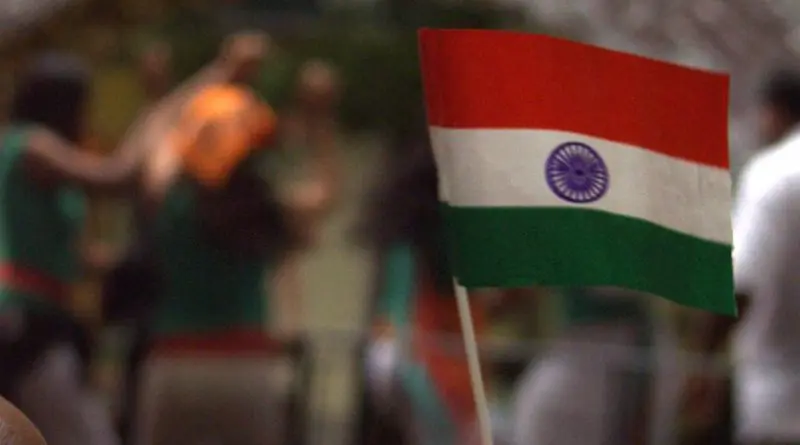India-Arab Partnership: Extraordinary Potential Needs Quick Realisation – Analysis
By Md. Muddassir Quamar*
The fifth India-Arab Partnership Conference (IAPC) was held in Muscat on December 14-15, 2016 on the theme “Partnership towards Innovation and Cooperation in IT” and was attended by Ministers and business delegates from 20 Arab League countries and India.
The biannual partnership conference was first held in 2008 to explore the opportunities for promoting business and enhancing flow of investments from both sides and has since emerged as a flagship biannual event for exploring business opportunities for public and private sectors from India and the Arab countries. It has gradually acquired greater significance and become bigger both in its scale and participation with nearly 500 delegates attending this time.
The first two conferences were held in New Delhi (April 2008 and August 2010) and laid the framework for reinvigorating trade between India and the Arab countries. The third IAPC was held in Abu Dhabi in May 2012 and the fourth in New Delhi (November 2014) and focused on accelerating efforts towards investments and finding more business opportunities.
Inaugurating the fourth IAPC, India’s Minister of State for Commerce and Industry Nirmala Sitharaman emphasised the significance of investments from Arab countries in India saying “the Indian growth story would be incomplete without the participation of friends like the Arab League”.
In the latest IAPC, India was represented by a large delegation with business leaders from various sectors and government officials led by Minister of State for External Affairs M.J. Akbar attending the conference. Akbar in his speech highlighted the need for governments to become facilitators for people to explore opportunities and tap potentials and “to find one another”.
Emphasising the need for “reform of conventional behavior and thinking”, Akbar underlined the initiatives taken by the Indian government to remove hurdles in creating a conducive environment for business.
The minister said: “India is preparing itself for transformation… through sweeping changes in regulatory and administrative reforms” including a single pan-India taxation system — Goods and Services Tax — that will be in place from the 2017-18 financial year and a liberalised FDI regime with even the defence sector opened.
He said India, recognising the problem faced by foreign investors in taking clearances from various agencies, is working towards “streamlining of clearances” and reducing the time required for pre-requisites such as IPR application, Trade Mark registration and environmental clearances through a single window — Invest India Authority.
Akbar observed that India-Arab partnership has extraordinary potential as India has “the talent at every level of human resource needed for the new economy” and the Gulf countries have the wealth that “can be profitably invested in India’s burgeoning infrastructure sector”.
The focus is on attracting investments and facilitating business by convincing Gulf investors to try the Indian market. So far, India has not attracted the expected amount of investments and Gulf investors, though looking to invest abroad, remain suspicious of the infamous ‘slow’ and ‘corrupt’ Indian system which the government is trying to iron out.
To build confidence among Gulf investors, India would be required to walk that extra mile which Prime Minister Narendra Modi is trying to do through sustained political engagements and smoothening the trouble spots in the system to attract investments from Gulf countries and improve bilateral trade and commerce.
*Md. Muddassir Quamar is Associate Fellow at the Institute of Defence Studies & Analyses, New Delhi. Comments and suggestions on this article can be sent to [email protected]

